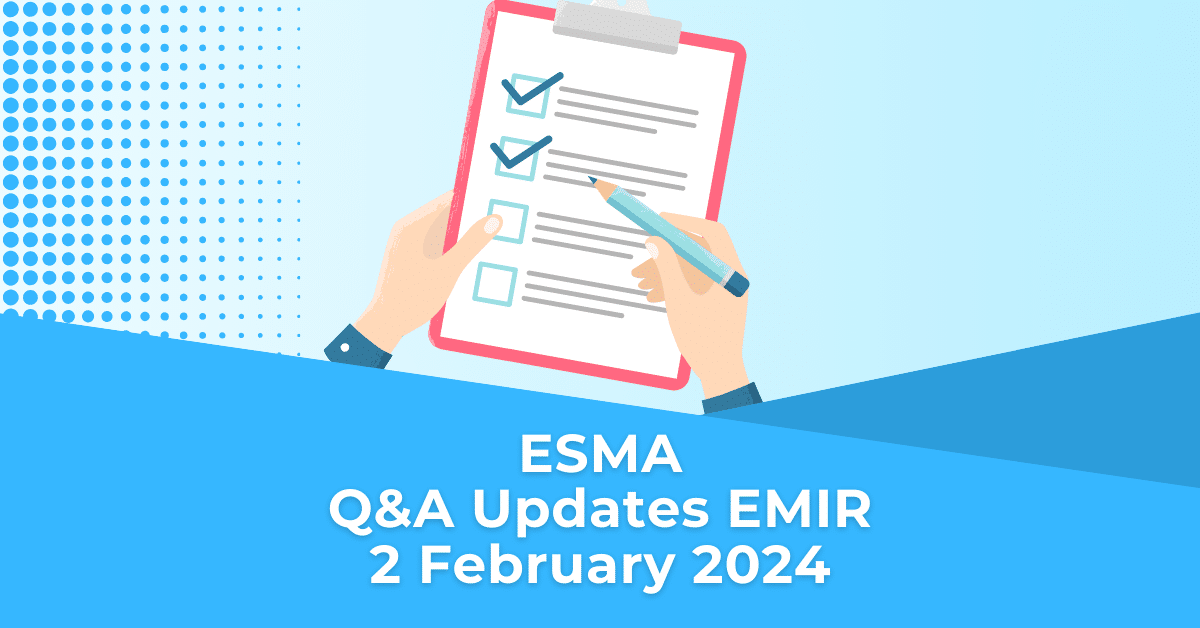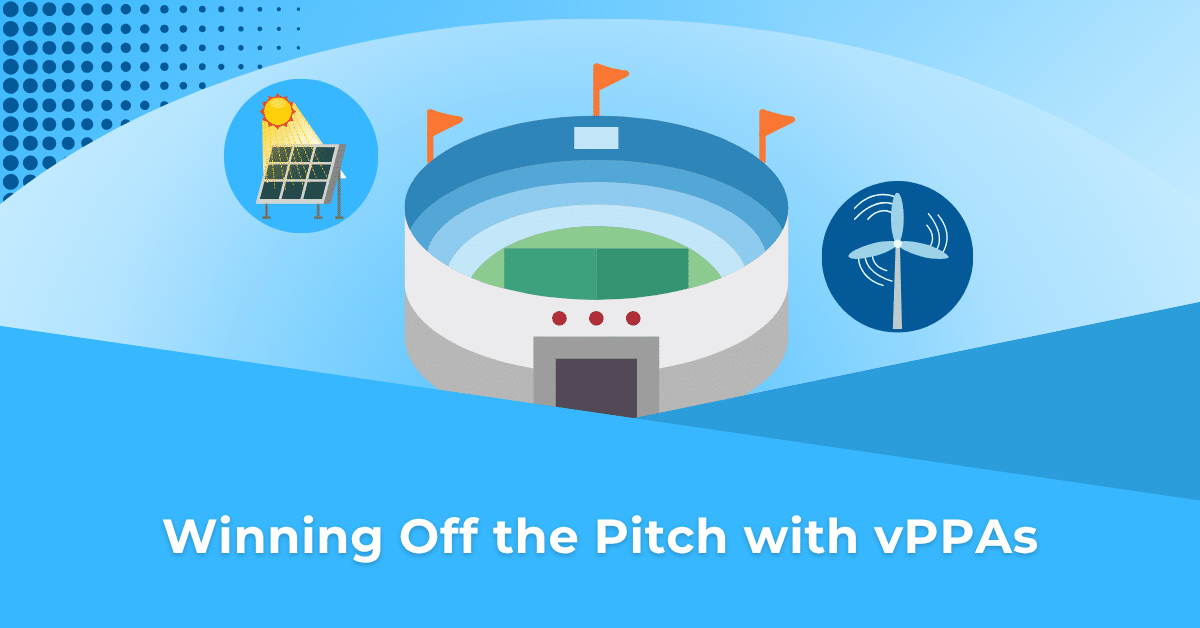Topic
ESMA’s new Q&A – EMIR Latest update
Date:
02 February 2024
Regulations
Level of significance of change
Major
For list of Q&A as of 1 January 2024, ESMA has directed to locate on the ESMA Q&A website.
Main points
*MODIFIED*
Scenario 1: the investment firm bears the risk vis-à-vis the CM and, thus, is itself counterparty.
For the report where Reporting Counterparty is the Clearing Member/Client and the Other Counterparty is the Investment firm, the Investment firm is not required to be filled under the Broker ID field.
*NEW*
Reporting under STM/CTM model
Guidelines on reporting under EMIR REFIT clarify that under Collateralise-to-Market model (CTM) the counterparties should report total variation margin and total collateral, whereas under the Settle-to-Market model the counterparties should report the daily change in the variation margin and the collateral. In which field counterparties should report whether the portfolio of cleared derivatives is collateralised under CTM or STM model?
There is no separate field to report which model has been used for a given portfolio. So, the counterparties should indicate it as part of the collateral portfolio name by using prefix ‘STM’ where the Settle-to-Market model is used.
Example, if currently a portfolio code reported for a given portfolio is 12345ABCDE, under EMIR REFIT the code could be updated to STM12345ABCDE.
*NEW*
Update of the client codes
Are the reporting counterparties and entities responsible for reporting expected to update during the transition period any client codes not compliant with the requirements set out under EMIR REFIT?
Yes, all fields (except for UTIs) have to be updated at the latest by the end of the 180-day transition period, or earlier whenever there is a lifecycle event which needs to be reported. This is applicable only to active trades.
Further guidance can be found in Article 8 of the ITS on reporting and described in the ‘Procedure when a counterparty undergoes a corporate action’ Section in the EMIR Refit Guidelines.
*NEW*
Reporting of a Counterparty falling within scope of Article 1(4)(a) and (b) of EMIR
How should a counterparty falling within scope of Article 1(4)(a) and (b) of Regulation (EU) No 648/2012 be reported under Field 11 of Table 1 of the RTS on reporting under EMIR REFIT, ‘Nature of Counterparty 2’?
They should be classified as ‘Other’.
Portability of Schedules
*NEW*
As clarified in the Guidelines on transfer of data between Trade Repositories under EMIR and SFTR, in the case of transfer of data requested by a TR participant the TRs should transfer only the latest state of the outstanding derivatives (‘Trade State Report’, TSR). Are the TRs expected to follow this guideline with regards to the notional schedules, given that the TSR will not contain the full schedules (for the notional quantity, amount etc.) but only the currently applicable value?
Yes, TRs should follow the Guidelines on transfer of data and port only the TSR which does not include the entire schedule information.
To ensure the trade details are accurate, a counterparty should submit a modification containing the latest information to the new TR to update the TSR.
*NEW*
Subsidiaries
Table 102 of the Guidelines specifies that GLEIF database should be used to determine the access rights of the relevant members of the ESCB, including the ECB in carrying out its tasks within a single supervisory mechanism, when applying the filtering for the fields 2.144 ‘Reference entity’, 1.4 ‘Counterparty 1 (Reporting counterparty’, 1.9 ‘Counterparty 2’, 1.15 ‘Broker ID’ and 1.16 ‘Clearing member’. Should the authorities in question have also access to the derivatives involving subsidiaries of the relevant entities and, if so, how the access rights should be determined?
Yes, the members of ESCB, as well as any other authority covered under Article 2(11) and 2(13) of RTS 151/2013, should have access to transaction data on derivatives in which the subsidiaries of the entities falling under their supervision are involved. To determine whether an entity is a subsidiary of a supervised entity, the TRs should use the relationship data (so called Level 2 data) in GLEIF database.




